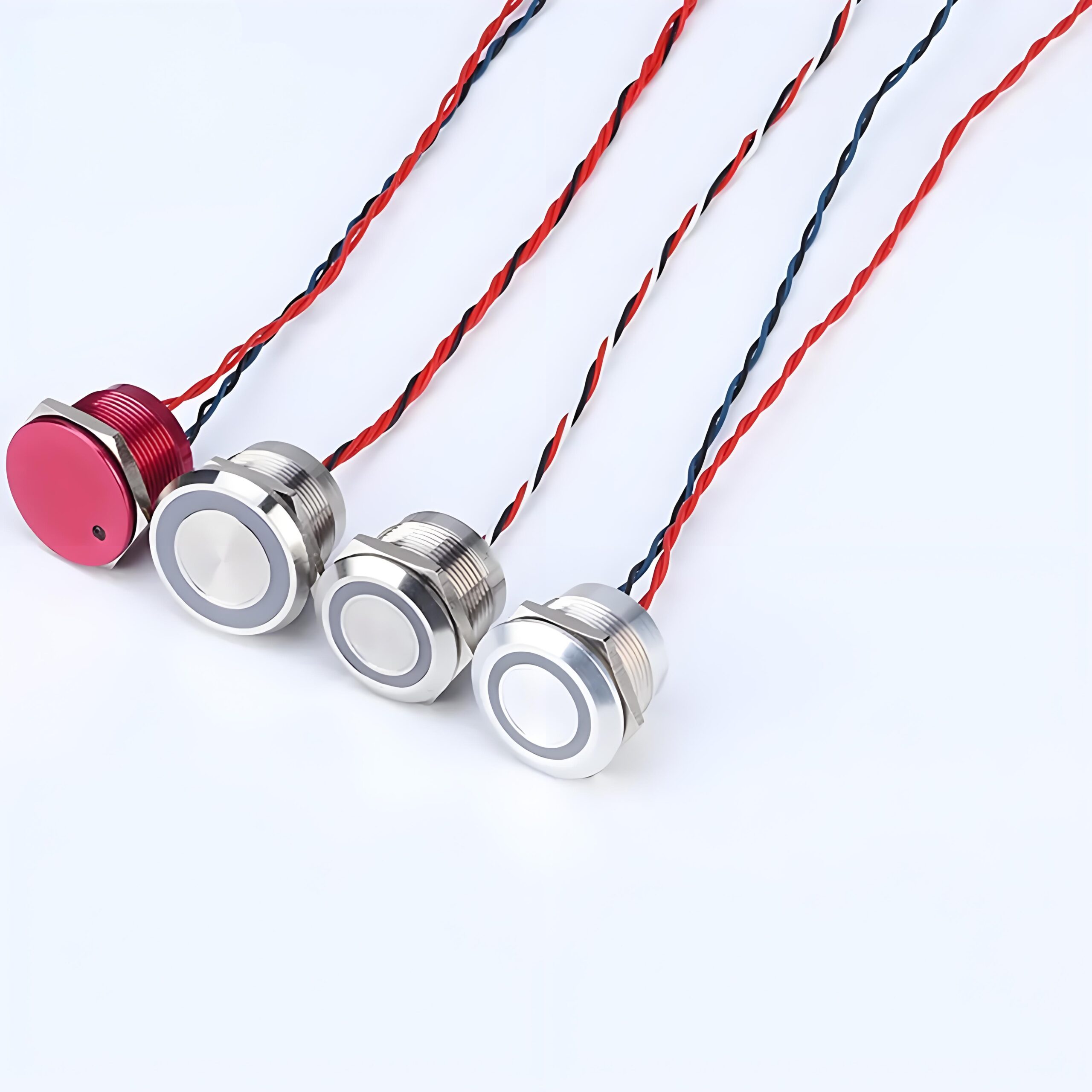Introduction to Piezo Switches
Piezo switches, based on piezoelectric technology, represent a significant advancement in the design of user interfaces and control mechanisms. Unlike traditional mechanical switches that rely on moving parts, piezo switches utilize the unique properties of piezoelectric materials, which generate an electric charge in response to mechanical stress. This allows for touchless or force-sensitive operation, making them highly durable and suitable for environments where reliability and longevity are paramount.
How Piezo Switches Work
At the heart of every piezo switch is a piezoelectric material, typically a ceramic or crystal, that exhibits the piezoelectric effect. When this material is subjected to mechanical pressure—such as pressing a button or tapping a surface—it generates an electrical signal. Conversely, applying an electric field can cause the material to deform slightly, which is a property used in some applications but is less relevant for switches.
Components of a Piezo Switch
- Piezoelectric Element: Converts mechanical energy into electrical signals.
- Electrodes: Conduct the generated electricity from the piezoelectric element.
- Housing: Protects the internal components and provides structural support.
- Feedback Mechanism (Optional): Some designs include tactile or auditory feedback to confirm activation.
Types of Piezo Switches
Piezo switches come in various forms, each optimized for specific applications:
- Touchless Piezo Switches: These switches operate without physical contact, triggered by proximity or pressure changes. Ideal for sterile environments like medical devices.
- Force-Sensitive Piezo Switches: Respond to varying levels of applied force, providing proportional output. Used in musical instruments and industrial controls.
- Tactile Piezo Switches: Offer a slight click or vibration upon activation, giving users immediate feedback.
- Sealed Piezo Switches: Designed to be waterproof and dustproof, perfect for outdoor or harsh industrial conditions.
Advantages of Piezo Switches
Durability and Longevity
The absence of moving parts means piezo switches suffer less wear and tear compared to mechanical switches, leading to longer lifespans and reduced maintenance needs.
Versatility
Piezo switches can be designed to fit into almost any shape or size, offering designers flexibility in creating intuitive and aesthetically pleasing interfaces.
Low Power Consumption
Due to their efficient conversion of mechanical energy into electrical signals, piezo switches consume minimal power, making them ideal for battery-operated devices.
Resistance to Harsh Environments
Piezo switches are inherently resistant to moisture, dust, and chemicals, enhancing their suitability for challenging environments.
Applications of Piezo Switches
The versatility and reliability of piezo switches make them applicable across numerous industries:
- Consumer Electronics: Smartphones, tablets, and wearable devices benefit from the sleek, responsive nature of piezo switches.
- Automotive Industry: Dashboard controls, infotainment systems, and safety features increasingly incorporate piezo technology for enhanced user experience.
- Medical Devices: Surgical tools, patient monitors, and diagnostic equipment use piezo switches for their clean-room compatibility and precision.
- Industrial Automation: Machinery controls and robotic systems leverage piezo switches for durability and long-term reliability.
- Home Appliances: Touch-sensitive controls on appliances like washing machines and ovens provide a modern interface while maintaining robustness.
Challenges and Considerations
While piezo switches offer many advantages, they also present certain challenges:
- Cost: Advanced manufacturing processes and specialized materials can increase initial costs.
- Design Complexity: Integrating piezo switches may require more sophisticated engineering solutions.
- User Education: Users accustomed to mechanical switches might need time to adapt to the new interaction model.
Conclusion
Piezo switches stand out as a promising technology bridging the gap between form and function, offering durability, efficiency, and design flexibility. As the demand for more reliable, touchless, and compact control solutions grows, piezo switches are poised to play an increasingly important role in shaping the future of human-machine interaction.

